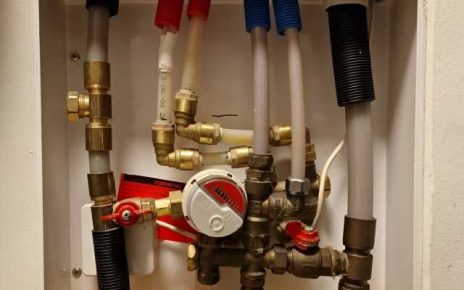
Medical bankruptcy has been a talking point for many Democratic candidates as they make their individual cases for health care reform. This begs a few questions about how widespread these bankruptcies are and what causes them.
1. How big a problem is medical bankruptcy?
Medical bankruptcy, which refers to situations where individuals were forced into bankruptcy because of medical bills, loss of income due to sickness or accident, or both, is widespread in the U.S.
While the exact contribution of medical bills to the number of bankruptcies is difficult to determine, one important study prior to the Affordable Care Act found that medical debt was the single biggest contributor to bankruptcies for well over 60% of Americans.
Even today, while the overall number of bankruptcies has been cut in half over the last decade to roughly 750,000 in 2018, a recent study indicated that two-thirds of bankruptcies are connected to medical bills.
It is interesting to note that the concept of medical bankruptcy is entirely alien to Europeans.
2. How did the Affordable Care Act help?
Individuals have gained coverage via the Medicaid expansion, their parents’ insurance or the insurance marketplaces. Moreover, other ACA insurance regulations have added protections for all Americans with insurance.
3. Who’s still vulnerable?
Close to 30 million Americans remain uninsured. While a significant number are eligible for varying degrees of public support, the refusal by many states to expand their Medicaid programs creates challenges. It is important to note that while the ACA expanded coverage to millions, it did little to reign in the biggest contributor to medical bankruptcy: high medical costs.
Even Americans with insurance are not immune from the specter of medical bills. While the ACA limited deductibles and out-of-pocket payments, many insurance plans still require consumers to pay tens of thousands of dollars annually.
Similarly concerning, many Americans may incur bills ranging in the hundreds of thousands of dollars from so-called surprise bills.
Inaccurate provider directories can compound these problems, misleading patients to believe they seek care from a provider in their network.
Finally, evidence from ACA and commercial plans as well Medicare Advantage has highlighted problems with regard to “artificial local provider deserts,” situations in which providers are located in the area but excluded from the network. These situations might force patients into seeking costly out-of-network care fully aware of the potential financial consequences.
4. How do concerns about medical costs affect Americans beyond medical bankruptcy?
Half of Americans have less than US$1,000 in savings.
This lack of financial security has implications for how Americans access medical care. A study found that costs have kept 64% of Americans from seeking medical care. Millions of Americans are skipping their medications for the same reason.
Source: Read Full Article



